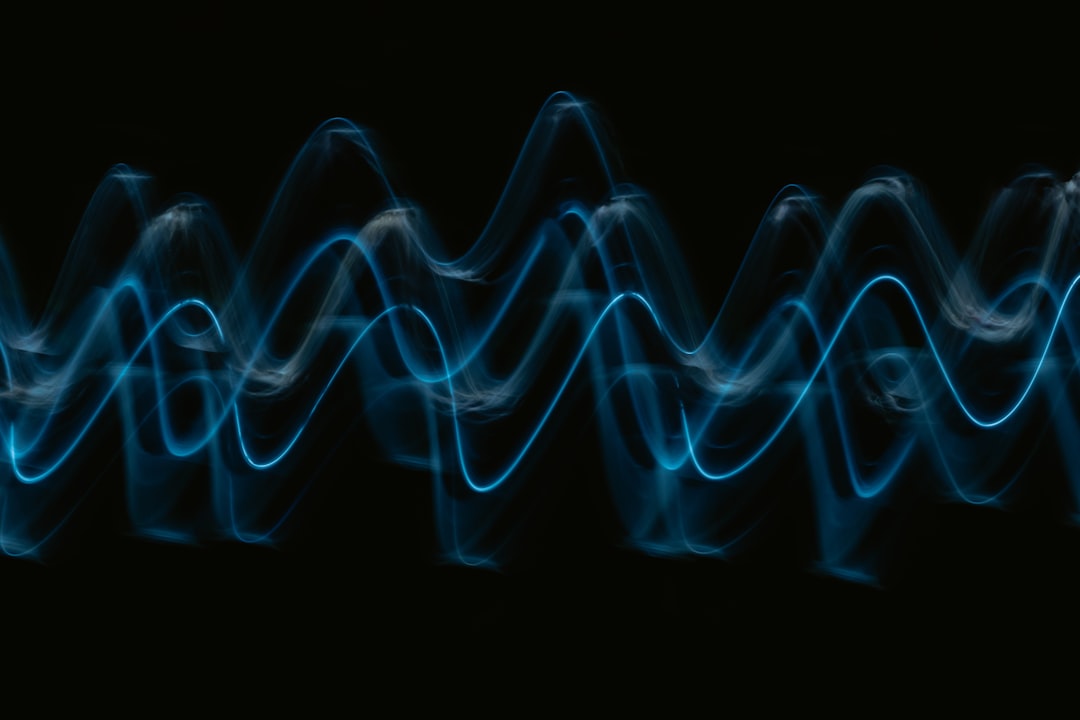What is it about?
Wind energy resource assessments at two locations in Kiribati are carried out. The wind resource on the main atoll of Tarawa is analysed along with a nearby atoll Abaiang. Measurements of wind speed, direction, ambient temperature and pressure were performed and analysed. The Tarawa site has an average wind speed of 5.355 m/ s at 34 m above ground level (AGL) and the Abaiang site has an average wind speed of 5.4575 m/s at 34 m AGL. The wind direction for both the sites is predominantly East-North-East. Average diurnal wind shear coefficient correlated well with the variation in temperature. The overall average turbulence intensity was about 10% at 34 m and about 13% at 20 m AGL for both the sites. The Weibull parameters were obtained for both the sites using seven methods and the most accurate method, which was found to be the Moments method, was used to find the Weibull parameters and the wind power density. The Weibull parameters were also obtained for the two seasons of Kiribati – the dry and the wet seasons. A high resolution wind resource map of both the sites is obtained using Wind Atlas Analysis and Application Program (WAsP). The WAsP analysis indicates reasonably good wind power development potential for the Tarawa and Abaiang atolls. Annual energy production with five Vergnet 275 kW turbines for both the locations is estimated and an economic analysis is performed, which showed a payback period of 5.42 years to 8.74 years.
Featured Image
Why is it important?
The present work promotes the idea that the Pacific region can utilize the wind resource to ease its dependence on diesel-based power generation. An economic analysis with Vergnet 275 kW wind turbines shows a very encouraging payback period of 5.37 years considering the current charged rate of US$ 0.50 and a payback period of 8.74 years, if the cost to the Government is considered. The cost per kWh of electricity is estimated to be US$ 0.11 which is far less than the current cost. Considering the nature of PICs and their electricity demands, turbines of the order of 300 kW are appropriate to meet the requirements and will also ensure that maintenance and repairs are not expensive and time-consuming. Well-installed and well-monitored wind turbines in combination with solar PV systems can be used to cater for the energy needs of the country.
Perspectives
Writing this article jointly with engineers was a great pleasure for me. I hope this article will help engineers to analyze wind speed for assessing wind power development potential for a site using various statistical techniques discussed in the article.
Dr Mohammad G. M. Khan
University of the South Pacific
Read the Original
This page is a summary of: Wind energy resource assessment for Kiribati with a comparison of different methods of determining Weibull parameters, Energy Conversion and Management, November 2017, Elsevier,
DOI: 10.1016/j.enconman.2017.09.027.
You can read the full text:
Contributors
The following have contributed to this page










